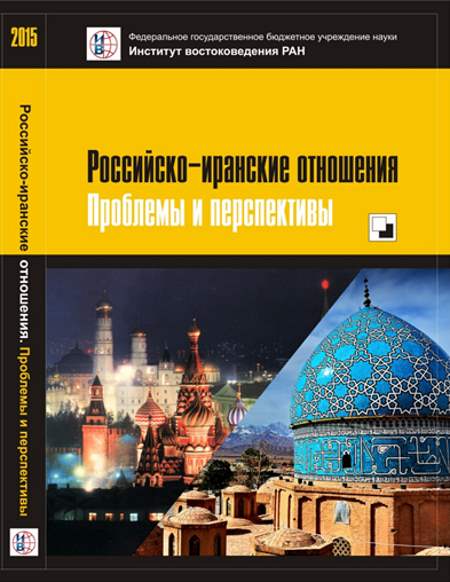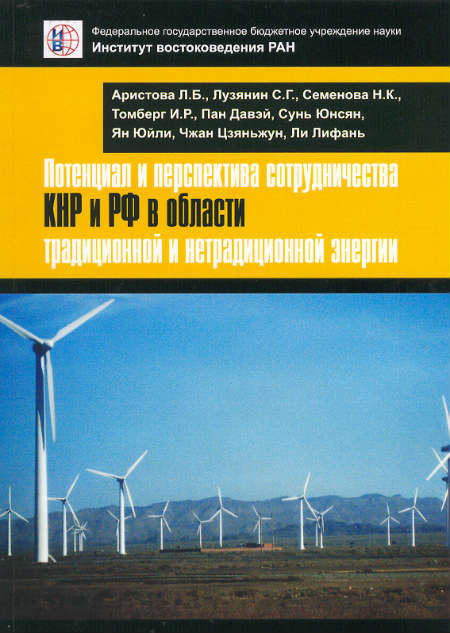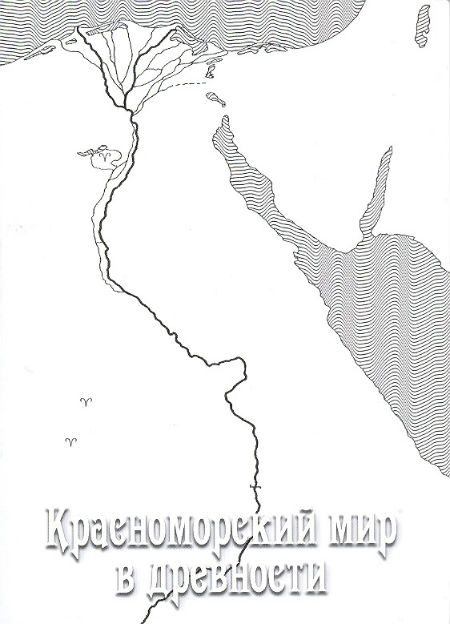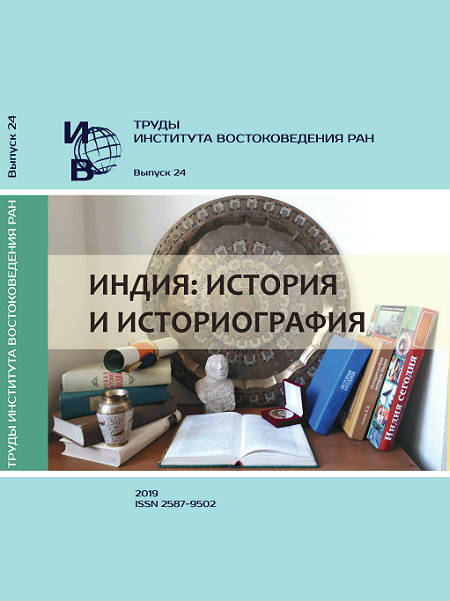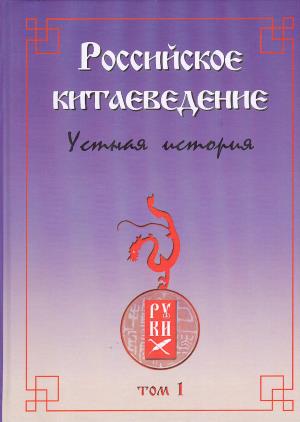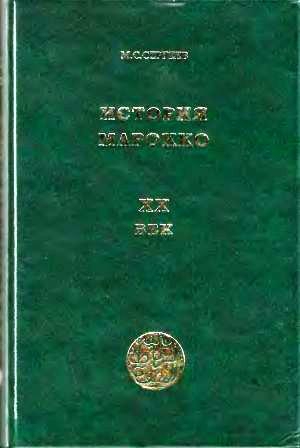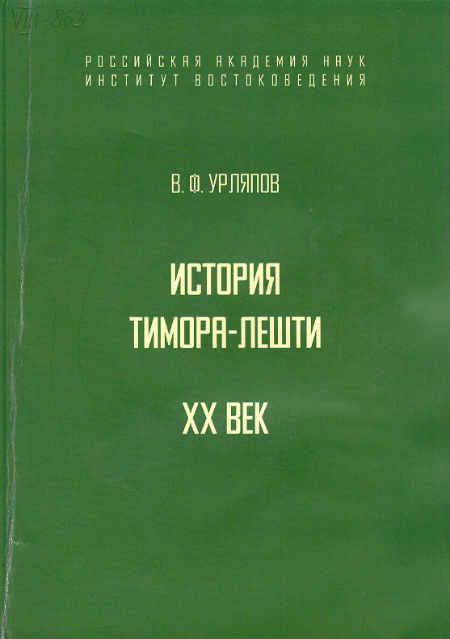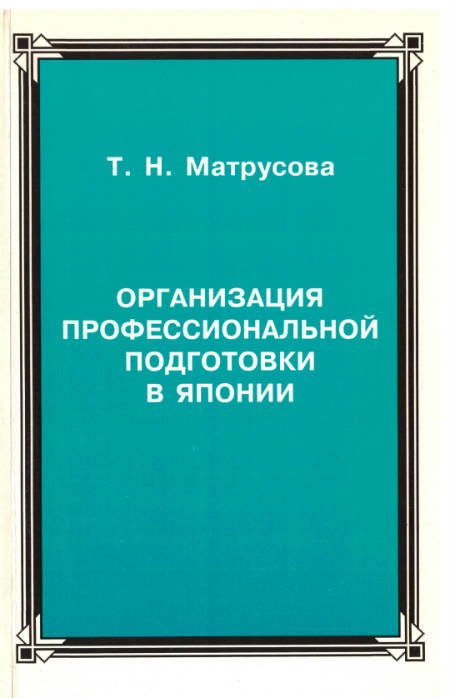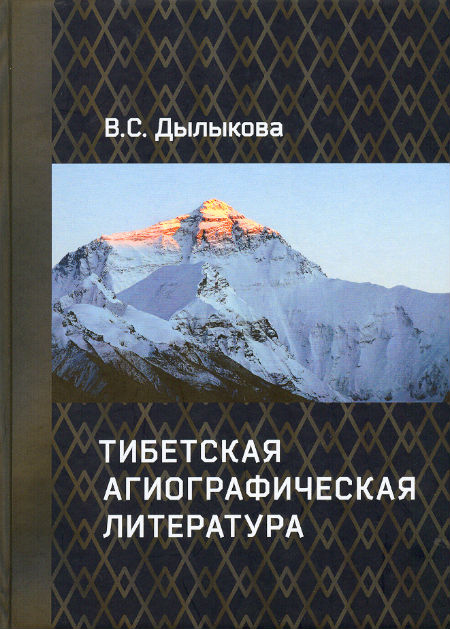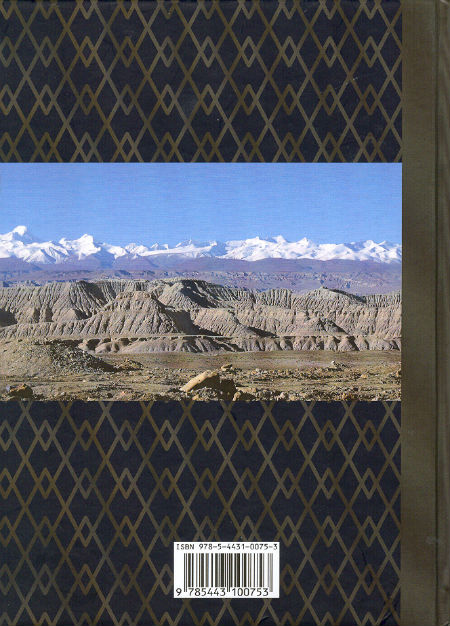Book
Tibetan Hagiographical Literature
Москва, 2015, 352 p.
The book consists of three Chapters and Conclusion. Chapter 1 – Tibetan Culture. Chapter 2 – Saints’ Lives of Tibet, or Namtars (Rnam-thars). Chapter 3 – The Further Development of Tibetan Fiction. The flourishing of Tibetan hagiographical literature in 14–18 cent. was due to the appearance of the profoundly original and talented Tibetan writers and poets. The artistic vision of the authors of this time is different from the previous period, especially in the field of hagiography, which became the leading genre in the Middle Ages. “This new vision is primarily manifested in the awareness of the value of inner life of individual and his personal feelings” (D. Likhachev). Tibetan literature characterized by a combination of mythological consciousness, legendary, historical, cultural, and religious and philosophical themes, as well as by maturity of poetic forms, easily turning into the folk narrative genre. Namtars are the best part of Tibetan literature. These books may still have, in the words of Bakhtin, their high day of revival.
РУССКАЯ ВЕРСИЯ: Тибетская агиографическая литература

